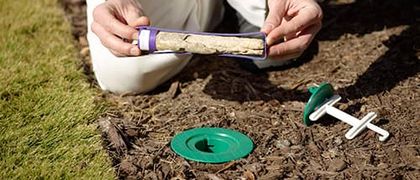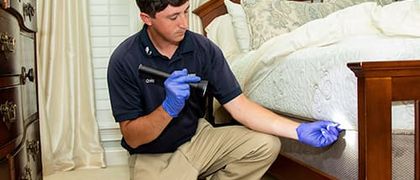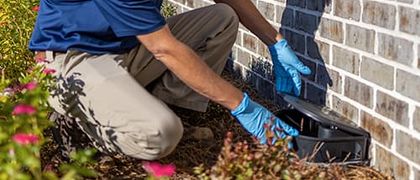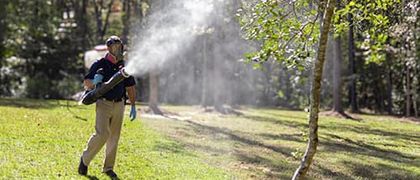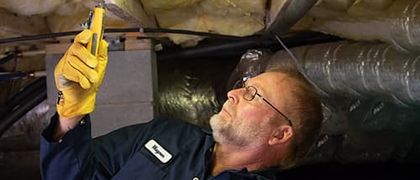Mice vs. Rats: How to Tell the Difference
Mice and rats both belong to the rodent family, which means they have a lot in common, but each has unique habits and traits. If you’ve spotted signs of rodents in your home, you might wonder: Are mice or rats taking up residence? Knowing the difference matters because the most effective treatment depends on the species you’re dealing with.
Harris Pest Control has put together this comprehensive guide to help you understand the differences between mice and rats and share tips for protecting your Pee Dee or Grand Strand home from rodent infestations.
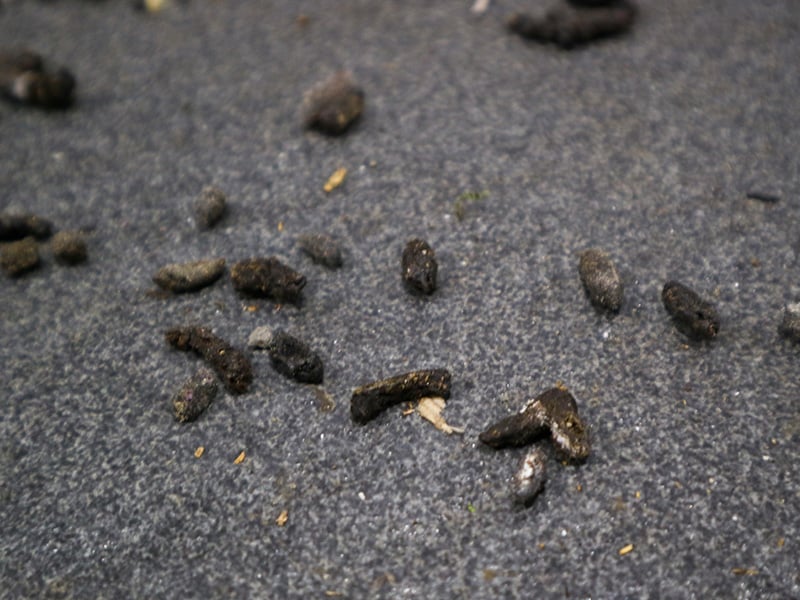
Physical Differences Between Mice and Rats
Three rodent species commonly invade homes in our area: house mice, Norway rats, and roof rats. While they may look similar at first glance, a closer look reveals key distinctions:
Size:
-
House mice: Small, just a few inches long, with tails that can double their body length.
-
Norway rats: Large, over nine inches long, with tails shorter than their bodies.
-
Roof rats: Slim and agile, up to eight inches long, with tails longer than their bodies.
Color and features:
-
House mice: Grayish-brown fur, creamy underbellies, large ears, small eyes, pointed noses.
-
Norway rats: Large, round bodies, gray-brown fur with lighter underbellies, small eyes and ears, and blunt noses.
-
Roof rats: Thin bodies, dark brown or black fur, lighter underbellies, large eyes and ears, pointed noses.
Behavioral Differences
Mice and rats are primarily active at night and tend to stick close to others of their kind, but they differ in where they nest, what they eat, and the droppings they leave behind.
Nesting locations:
-
House mice: Secluded areas inside your home, like attics, wall voids, basements, and storage rooms.
-
Norway rats: Ground-level areas such as basements, crawl spaces, or garages.
-
Roof rats: Upper levels, often attics or trees near your home.
Food preferences:
-
House mice: Grains and cereals.
-
Norway rats: Proteins and fats.
-
Roof rats: Fruits and nuts.
(All will opportunistically eat almost anything available.)
Droppings:
-
House mice: Tiny, dark, rice-grain-shaped.
-
Norway rats: About half an inch long, dark, blunt-ended.
-
Roof rats: Similar in size and color to Norway rat droppings but tapered at the ends.
Signs of Rodents Around Your Home
Rodents rarely go unnoticed. Look for the following signs of rodent activity:
-
Droppings: Found in kitchens, pantries, and other areas with food.
-
Gnaw marks: Rodents chew constantly. Large marks indicate rats; small marks suggest mice.
-
Burrows and nesting materials: Their location can reveal the species.
-
Rub marks: Greasy streaks along walls from frequent travel. Low and narrow marks = mice; high and wide = rats.
-
Structural damage: Chewed wires, insulation, pipes, and wood.
-
Sightings: Live or dead rodents are a clear sign of infestation.
Health Risks & Property Damage Associated with Rodents
Rodents are not just a nuisance; they pose real threats to your home and health. Rodents chew through electrical wiring, insulation, pipes, and walls, damaging property and possibly even creating fire hazards.
As for health risks, rodents can trigger allergies, and each species is capable of disease transmission:
-
House mice: Salmonella, rat-bite fever, lymphocytic choriomeningitis.
-
Norway rats: Salmonella, rat-bite fever, leptospirosis, hantavirus.
-
Roof rats: Salmonella, rat-bite fever, typhus, leptospirosis.
Mouse and Rat Prevention Tips for Homeowners
Protect your home from rodents with these simple steps:
-
Seal all gaps, cracks, vents, and openings.
-
Store food properly and keep kitchens clean.
-
Dispose of trash regularly.
-
Reduce clutter, especially in basements, attics, and storage areas.
-
Maintain your yard by trimming overgrowth and removing debris.
-
Fix moisture problems indoors and outdoors.
-
Conduct regular inspections for signs of rodent activity.
What to Do If You Suspect an Infestation
If you notice droppings, gnaw marks, burrows, or sightings, don’t wait; rodents won’t leave on their own. The longer they stay, the larger the infestation and the greater the risk to your family and home.
Harris Pest Control provides professional rodent control services tailored to your specific situation. Our experts identify the species, implement targeted treatments, and provide ongoing prevention so you can enjoy a rodent-free home.
Contact Harris Pest Control for Rodent Control
For ongoing protection against mice and rats, we highly recommend signing up for one of our home pest control plans. Routine pest control services ensure rodents and other common house-infesting pests don’t have the opportunity to take over!
Contact Harris Pest Control today and take the first step toward a pest-free home.
Additional Services
Get Started Today!



